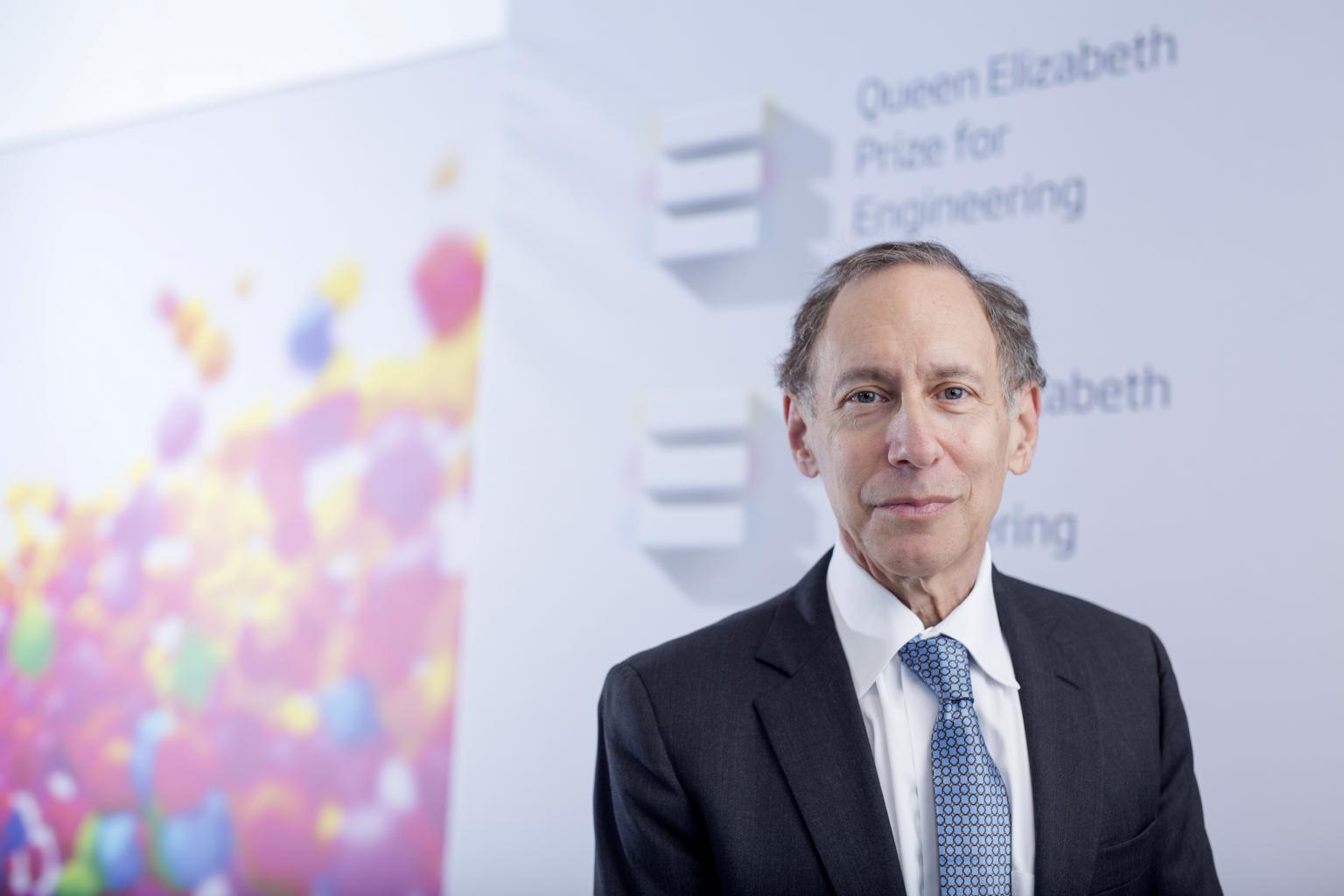Making of a speedy Covid-19 vaccine: Using science to make the body a factory
Sign up now: Get ST's newsletters delivered to your inbox

Professor Robert Langer, founder of Moderna.
PHOTO: COURTESY OF PROFESSOR ROBERT LANGER
Follow topic:
SINGAPORE - In the race for a Covid-19 vaccine, shots that leverage a new type of technology - messenger RNA (mRNA) - are leading the pack.
One reason for this? The technology provides a short cut to the manufacturing process, using the human body as the "factory".
Before the coronavirus pandemic, no mRNA vaccines have been used commercially.
But two leading Covid-19 vaccines by Pfizer-BioNTech and Moderna now in use in various countries both use this platform, and late-stage trials have shown that they are more than 90 per cent effective at preventing the disease.
Moderna co-founder Robert Langer, a David H. Koch Institute Professor at the Massachusetts Institute of Technology who will be speaking at the Global Young Scientists Summit (GYSS) this week, had earlier said that with traditional vaccines, a large factory is needed to make the protein, or the virus, and it takes a long time to grow them.
But with mRNA, the body is the factory.
"With messenger RNA, the body does all the manufacturing itself so you can create a vaccine much more rapidly which is critical in a pandemic like we have now," Prof Langer, 73, told The Straits Times in an e-mail interview.
The virtual summit, organised by Singapore's National Research Foundation (NRF), will be held from tomorrow (12 jan) to Friday (jan 15), and will see the world's top scientists and technologists engaging and inspiring over 500 young researchers from more than 30 countries.
Generally, a vaccine works by "showing" the immune system an important part of the virus and "training" it to recognise and remember a pathogen without exposing the patient to the risk of disease.
But different vaccine technologies go about doing this in different ways.
Traditional vaccines work by injecting a killed or weakened form of the virus into the human body so that the immune system recognises the invader and begins summoning its soldiers - antibodies and T-cells - to get rid of it.
mRNA vaccines like Moderna's, on the other hand, involve injecting into the patient only fragments of the virus' genetic material, instead of the whole virus. These fragments are encased in nanoparticles.
When these viral genetic fragments enter the human cell after injection, they commandeer the cell to begin producing the signature spike protein of the coronavirus.
This trains the body to recognise a key part of the virus - the spike protein - without exposing it to the whole virus.
Explained Prof Langer: "When injected into the body, the RNA enters cells and the cells make the protein which is the vaccine.
"This contrasts with many previous methods where the protein itself is used, which often takes a year to manufacture."
The RNA does not enter the nucleus where the cell's genome resides, and is degraded by the cell within a day of the injection, noted an article in the scientific journal Nature last month (Dec).
Singapore has approved the use of the Pfizer-BioNTech vaccine here, and is evaluating the available data submitted by Moderna.
Prof Langer said that prior to the pandemic, Moderna was - and still is - working on a number of projects related to drug delivery and tissue engineering.
He said that developing a platform technology offers researchers the opportunity to apply it to many problems, some of which may not have been envisioned at the time.
Said Prof Langer: "For example, our early work on delivering molecules from tiny particles was aimed at new cancer treatments. But as it turned out, it ended being useful for new treatments for diabetes, drug addiction, schizophrenia and even Covid-19 vaccines."
He said that patents are important, especially for medical research, because of the enormous amount of funding required to carry out clinical trials and manufacturing.
At the summit, Prof Langer will speak about his start in science and early career struggles, as well as his research.
NRF chief executive Low Teck Seng said the GYSS, now in its ninth year, continues to inspire and connect young scientists from around the world.
"Science, technology and innovation are key pillars of national development and imperative to the progress of humankind - and GYSS continues to support this by bringing together generations of great minds."
For more about the Global Young Scientists Summit, go to this website. It will also be live streamed on NRF's YouTube channel (@nrfmediasg).

